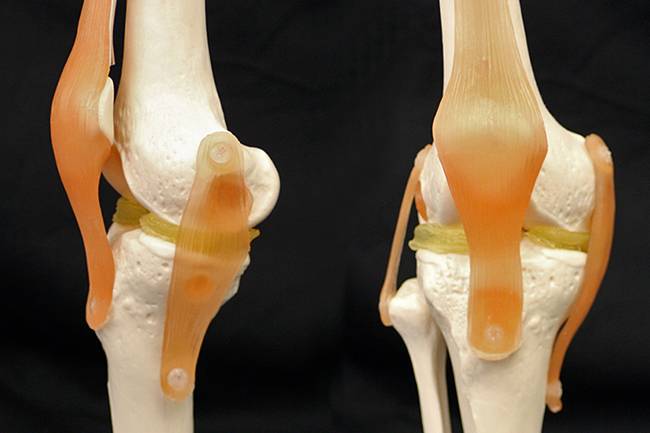Understanding what happened at the start of the universe all those billions of years ago was never going to be an easy task. However, scientists are now one step closer thanks to some new measurements obtained of the cosmic microwave radiation. Previous measurements of the cosmic microwave background (CMB) suggested that the early universe was uniform, but since then, we’ve discovered that’s not the case. Scientists have detected faint patterns in the intensity and polarization of the background radiation that match up closely to the predictions used in the standard model of how the universe began. That same model describes the Big Bang and all that came after it, including the expansion of the universe that caused small quantum fluctuations to stretch to astrophysical scales and became the starting point of many of the galaxies that are still visible today.

Once the cosmic inflation had finished the expansion rate became slower, and the radiation began to cool along with the high-energy sub-atomic particles. In just a few thousand years, the plasma cooled enough for atoms to form and for the universe to become transparent to light. Since that light was first released, it’s shifted, and that’s what scientists are using to measure the microwave background. Advancements in technology are allowing scientists to study the microwave much more closely, and in doing so are hoping to be able to get to the bottom of some fundamental questions such as:
1. The accelerated expansion of the universe would have produced gravitational waves. These ripples in spacetime would have left a pattern in the polarization of the CMB and detecting that pattern would be a true test of the inflation model.
2. Studying the cosmic gravitational wave background would add to the recently learned knowledge of gravity waves, helping to develop a new field of gravitational wave astronomy.
3. The CMB provides a backlight on the whole universe and knowing its precise measurement will show how the universe has evolved to what it is today.
If scientists can shed light on the origin of the universe they can also discover how the two theories of general relativity and quantum mechanics relate to one another. It will also allow us to gain a deeper understanding as to our role as humans within the universe. A new generation of CMB experiments is currently underway. Significant improvements can be seen in both the sensitivity of the microwave detectors and their ability to be produced at a low cost. The new ultra-sensitive detectors are made using thin film techniques. This ensures that they can be produced rapidly at a much lower price, which is important when the whole proposed project needs about 500,000 of them. The technique also allows the detectors to filter automatically any incoming signals for the desired wavelength sensitivity.
But first, to deploy the detectors, new telescopes will be needed that have a wide enough range to capture around 10,000 detectors per telescope. The telescopes would need to be placed in dry locations at a high altitude where it’s unlikely water vapor will interfere with any incoming photons. All in all the operation will cost around $100 million to carry out and will probably take around ten years to complete. The only needed now is a team of dedicated scientists who are eager to advance. Once that’s in place, there’ll no stopping them.

Jason Henning
More News to Read
- Is the End of the Quantum Computer Race Finally in Sight?
- Excitement Stirs as the James Web Telescope is Almost Ready to Go
- Move over Spielberg and make Way for this Script Writing AI
- Scientists Uncover a Higher State of Consciousness
- Self-Taught Artificial Intelligent Increases Heart Attack Prediction Rate Significantly











